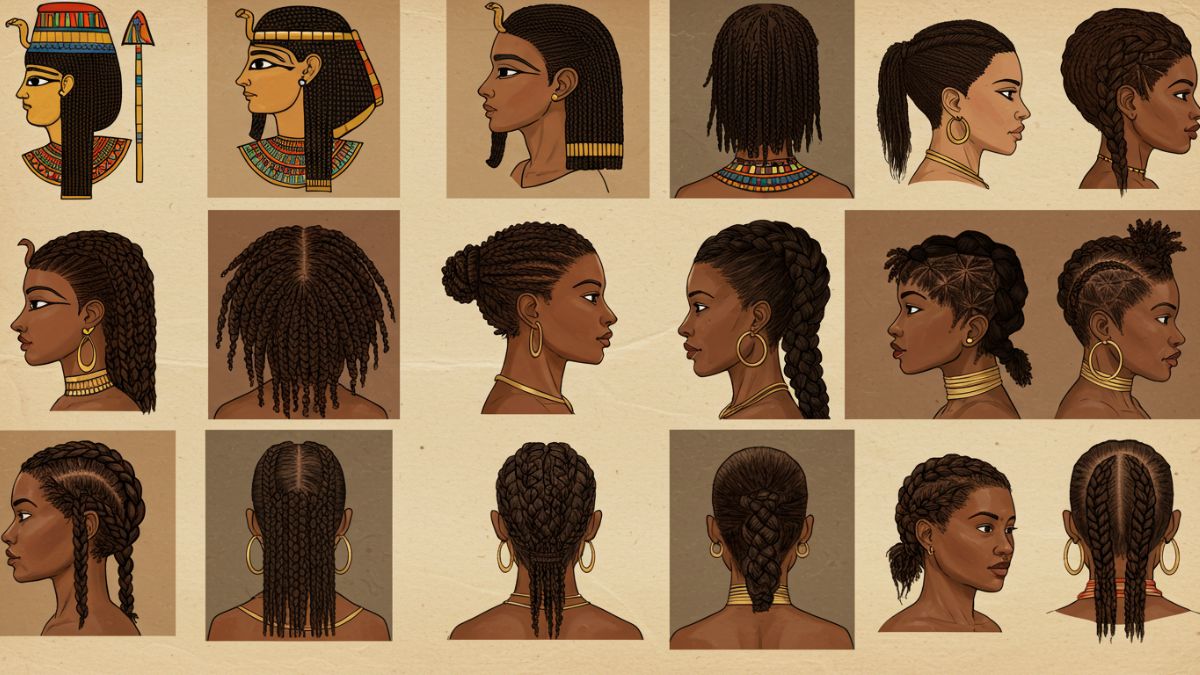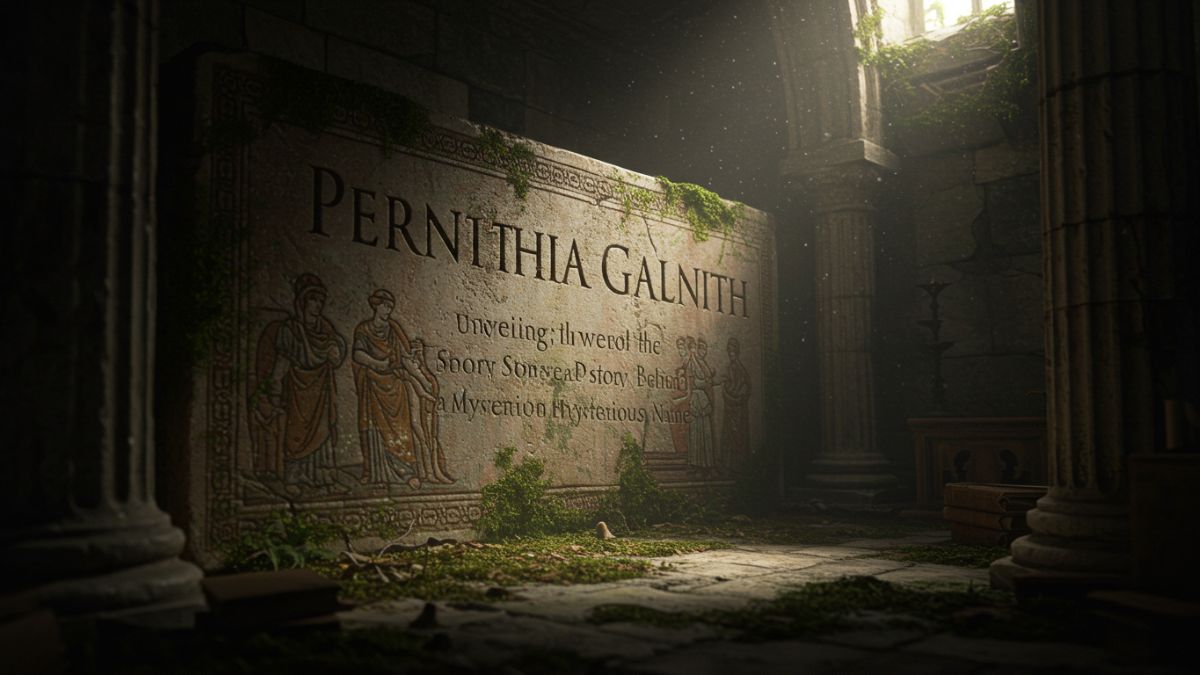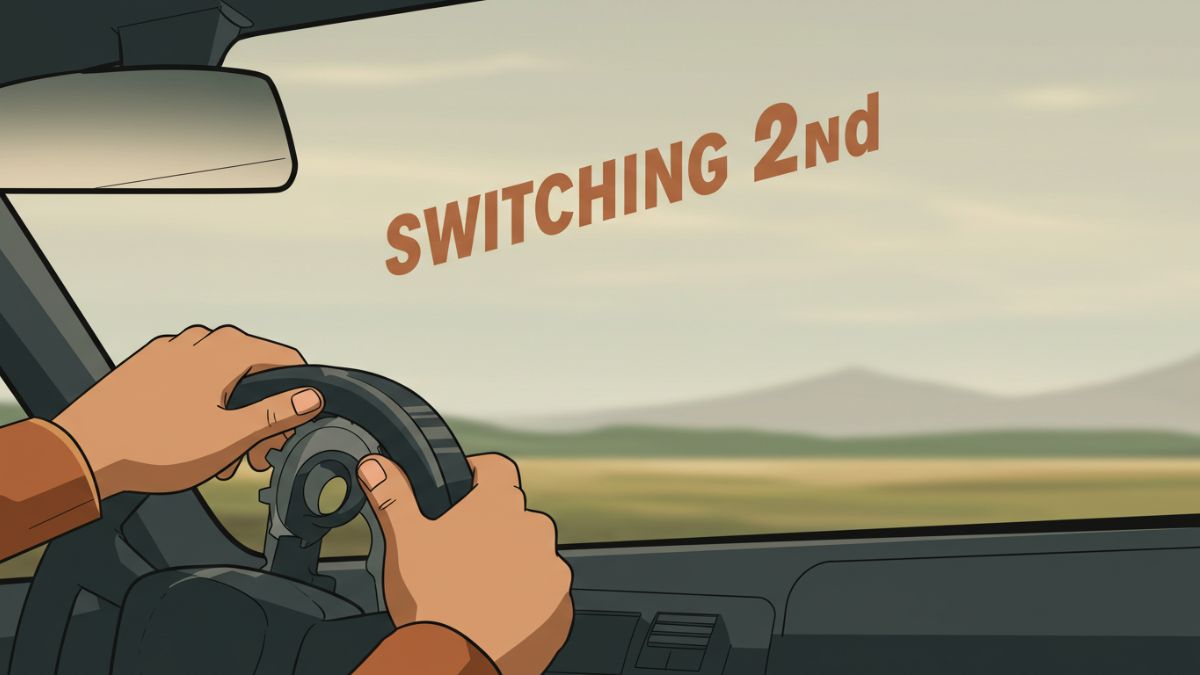Braided hairstyles have long been more than just a fashion statement; they are woven with cultural significance and rich history. From intricate patterns that tell stories to styles that signify social status, braids carry deep meanings across various cultures. As we explore the evolution of braided hairstyles, you’ll discover how these artful arrangements reflect identity, tradition, and creativity. Join us on this journey through time as we unravel the fascinating tapestry of braiding traditions from around the world. Whether you sport them casually or for special occasions, braided hairstyles connect us to our roots in beautiful ways.
The Origins of Braids in African Culture
Braided hairstyles have deep roots in African culture, tracing back thousands of years. They are more than just a fashion statement; they embody identity, community, and heritage.
In many African societies, braids signify various social statuses and milestones. Different styles can indicate age, marital status, or tribal affiliation. The intricacy of the braid often reflects the skill of the stylist.
Ancient artifacts showcase depictions of braided hair among different ethnic groups. This artistry highlights not only beauty but also cultural pride.
Braiding techniques vary widely across regions. Each style tells a story unique to its origin—whether it’s cornrows from West Africa or intricate beaded braids from Ethiopia.
The spiritual significance is profound as well. Many believe that certain styles provide protection for both the wearer and their ancestors during significant life events.
Braids in Native American Culture
Braided hairstyles hold deep significance in Native American culture, reflecting identity and heritage. For many tribes, braids symbolize strength, resilience, and connection to one’s ancestry.
Different styles often represent specific meanings or tribal affiliations. For instance, some tribes use three-strand braids to signify the interconnectedness of mind, body, and spirit.
Women particularly embrace braided hair as a traditional expression of femininity and community ties. In ceremonies and rituals, these hairstyles can convey messages about social status or life milestones.
Today’s younger generations are reviving these traditions while blending them with modern interpretations. This fusion honors their roots yet showcases personal style.
Braiding is more than just a hairstyle; it is an art form that tells stories passed down through generations. Each braid woven carries whispers of history and pride within its strands.
The Influence of Braids in Ancient Civilizations
Braided hairstyles have deep roots in ancient civilizations, often symbolizing status and identity. In Egypt, intricate braids adorned the heads of pharaohs and nobility, showcasing wealth and power. These styles were not just decorative; they conveyed messages about lineage.
In Mesopotamia, both men and women wore braids to denote their social standing. Elaborate plaits were a sign of sophistication among the elite. Archaeological findings suggest that even common citizens adopted simpler braided styles for practicality.
The Greeks also embraced braids as part of their cultural expression. Women often styled their hair with elaborate twists and knots during religious ceremonies or festivals.
These historical perspectives highlight how braided hairstyles transcended mere fashion—they served as vital markers within society’s fabric, linking individuals to their heritage while expressing personal narratives through artful craftsmanship.
Modern Day Braided Hairstyles and Their Meanings
Modern braided hairstyles are a canvas for self-expression. Each braid can tell a story, reflecting individuality or cultural heritage.
The fishtail braid, for instance, has surged in popularity. It symbolizes creativity and artistry. Many wear it casually or for special occasions.
Box braids have seen a resurgence as well. They connect wearers to African roots while offering a stylish way to manage natural hair textures.
Cornrows remain significant too. These intricate patterns honor tradition and showcase skill passed down through generations.
As social media influences trends, braided styles evolve quickly. New twists on classics emerge regularly, blending cultures and ideas.
Braided hairstyles now transcend boundaries; they draw inspiration from various sources yet maintain their unique meanings within communities worldwide.
Cultural Appropriation and the Controversy Surrounding Braids
Cultural appropriation is a complex and often contentious topic, especially when it comes to braided hairstyles. Historically, braids have deep roots in various cultures, particularly within African communities where they symbolize identity and heritage.
When individuals outside these cultures adopt braided styles without understanding their significance, it can lead to feelings of disrespect. Many argue that this practice strips away the cultural context and meaning behind the hairstyle.
The conversation around braids in fashion also highlights issues of privilege. Those who belong to marginalized groups may face discrimination for wearing their traditional styles while others are celebrated for similar looks.
Social media amplifies these discussions, making awareness more prevalent today than ever before. Understanding the history behind braided hairstyles fosters respect and appreciation rather than appropriation. It’s essential for everyone to recognize both beauty and boundaries when embracing diverse cultures through fashion choices.
The Evolution of Braided Hairstyles in Pop Culture
Braided hairstyles have consistently made waves in pop culture, evolving with each decade. From the iconic braids of 90s R&B artists like Brandy and Aaliyah to the intricate styles worn by Beyoncé, these looks have influenced trends worldwide.
Television shows and movies also played a significant role. Characters such as Katniss Everdeen in “The Hunger Games” popularized fishtail braids, showing their versatility beyond traditional styles.
In recent years, social media platforms have amplified this evolution. Influencers showcase innovative braid techniques that blend cultural elements with contemporary flair. This has sparked a resurgence of interest in various braided hairstyles from around the globe.
Fashion runway shows highlight bold braided designs that challenge conventional beauty standards. Designers often incorporate these styles into their collections, celebrating diversity and creativity within hairstyling traditions.
Conclusion:
Braided hairstyles are more than just a trend; they are a tapestry of cultural significance. Each braid tells a story, weaving together tradition and identity.
As we navigate through modern fashion, it’s essential to respect the roots from which these styles emerge. Understanding their history enriches our appreciation for them.
Today’s braids continue to evolve, embracing creativity while honoring their origins. They inspire countless variations across different cultures and regions.
This rich heritage invites us all to celebrate diversity in beauty standards. Whether you’re rocking box braids or intricate cornrows, each style connects us with something greater than ourselves.
FAQ’S
1. What is the historical significance of braids in African culture?
Braids have deep roots in African culture, often symbolizing social status, age, or tribal affiliation. Each style tells a unique story about the wearer.
2. How do Native American cultures view braiding?
For many Native American tribes, braid patterns can signify different meanings related to spirituality and heritage. Braiding hair is also seen as a sacred act that connects individuals to their ancestors.
3. What influence did ancient civilizations have on modern braided styles?
Ancient Egyptians used braids as both beauty statements and symbols of status within society. This legacy continues today with intricate designs reflecting cultural pride.











